The Founders
The Founders
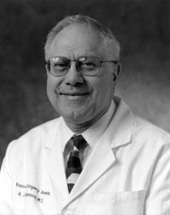
Albert J. Macksood, M.D., son of a Lebanese immigrant-physician, Joseph Macksood, M.D., returned home to Flint on July 1, 1963, after completing his surgical training with Dr. D. Emerick Szilagyi at Henry Ford Hospital in Detroit. Dr. Szilagyi was one of the original pioneers in peripheral vascular surgery having performed one of the world’s first abdominal aortic aneurysm repairs in 1952. Dr. Macksood brought skills to Flint few in the country possessed. These were the formative years for our specialty. Joining his father, Joseph Macksood, M.D. a family physician and his older brother William (Bill) Macksood, M.D. a general surgeon, he moved into the Macksood Medical Building on Pierson Road built in 1961. There were so many Macksoods we simply called them, Dr. Joe, Dr. Bill, and Dr. Al.
Confident in his ability, imbued with boundless energy and an uncanny ability to engage any and all in meaningful dialogue, Dr. Al was advised by his father to only practice vascular surgery. Highly unusual for those years; but so as not to compete with the general surgeons who lacked his vascular skills, he committed to the specialty. He performed the first open abdominal aortic aneurysmectomy, the first carotid endarterectomy, and the first femoral-popliteal bypass in Mid-Michigan in 1963. Most remarkable about Dr. Macksood, however, was his simple, yet revolutionary philosophy: “cover the waterfront.” That meant all three Flint area hospitals (McLaren, St. Joseph/now Genesys, and Hurley) which have had continuous emergency vascular coverage ever since. He also believed only fellowship trained vascular surgeons should be added, as the need dictated, envisioning a true group practice. This philosophy maintained that patients were part of the group practice and each partner shared equally in the responsibility for their care. The patient received the benefit of having multiple physician input into their vascular care. In addition this created an equal work load and shared compensation allowing all physicians of the group to have a home life, making time for family and interests more predictable. Additionally, it created power in numbers with the opportunity and support to broaden our horizons.
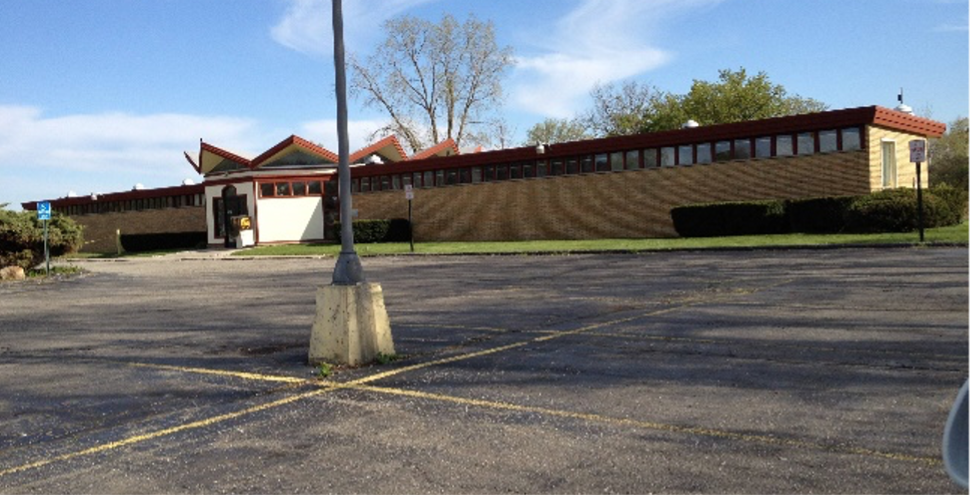
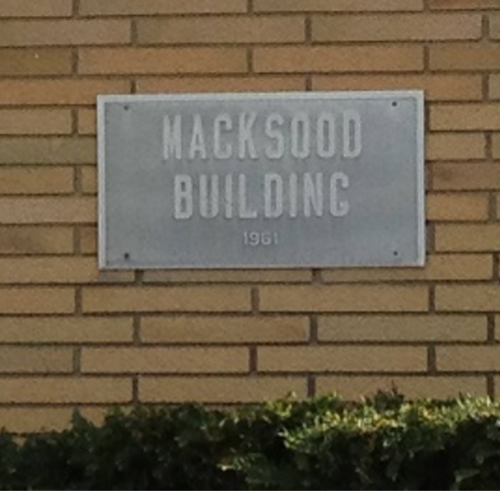
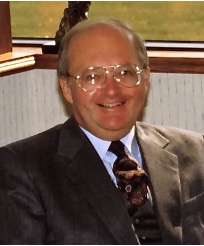
Frederick W. Sherrin, M.D.
Retired 09-30-1999
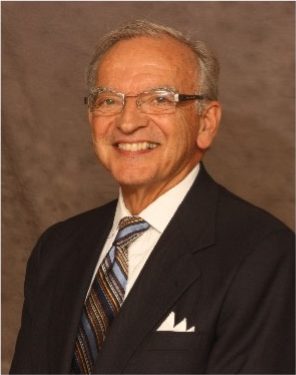
Carlo A. Dall’Olmo, M.D.
Retired 12-31-2018
As the practice grew, Dr. Macksood tapped Dr. Szilagyi’s program for recruits. Dr. Al Morgan joined in 1965. Dr. Frederick Sherrin was recruited in 1972 and a professional corporation was formed under the name of Vascular Surgery Associates, P.C. Dr. Carlo Dall’Olmo joined in 1975. He performed the first tibial artery bypass for limb salvage in Mid-Michigan in 1975. The fact that the first four members came from Dr. Szilagyi’s program was important to our early success. All shared a common culture and work ethic. We were “in synch” says Dr. Dall’Olmo. We shared the same philosophical approach to the patient and the practice of our specialty. This made incorporating a new partner a seamless experience. Dr. Dall’Olmo retired in December 2018 having made major contributions to the growth and success of Michigan Vascular Center.

